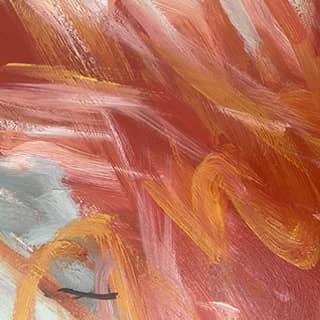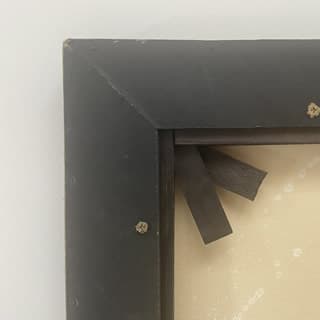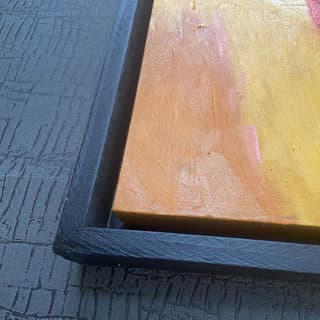

| Size | Hand-painted Artwork |
Canvas |
|---|---|---|
| 31½ x 30 in 80x77 cm |
$ 595.00 Buy Now |
$ 92.00 Buy Now |
| 39⅓ x 37 in 100cm x 96 cm |
$ 726.00 Buy Now |
$ 144.00 Buy Now |
| 47¼ x 45 in 120cm x 115 cm |
$ 1043.00 Buy Now |
$ 173.00 Buy Now |
| 59 x 56 in 150cm x 144 cm |
$ 1361.00 Buy Now |
|
| 78¾ x 75 in 200cm x 192 cm |
$ 2258.00 Buy Now |
|
| 98½ x 94 in 250cm x 240 cm |
$ 3024.00 Buy Now |
Our high-quality oil painting reproductions are hand-painted on the finest canvas using only the finest pigments. What makes our high-quality paintings better?
Les Demoiselles d'Avignon (The Young Ladies of Avignon, originally titled The Brothel of Avignon) is a large oil painting created in 1907 by the Spanish artist Pablo Picasso. Part of the permanent collection of the Museum of Modern Art in New York, it portrays five nude female prostitutes in a brothel on Carrer d'Avinyó, a street in Barcelona, Spain. The figures are confrontational and not conventionally feminine, being rendered with angular and disjointed body shapes, some to a menacing degree. The far left figure exhibits facial features and dress of Egyptian or southern Asian style. The two adjacent figures are in an Iberian style of Picasso's Spain, while the two on the right have African mask-like features. Picasso said the ethnic primitivism evoked in these masks moved him to "liberate an utterly original artistic style of compelling, even savage force” leading him to add a shamanistic aspect to his project.
Drawing from tribal primitivism while eschewing central dictates of Renaissance perspective and verisimilitude for a compressed picture plane using a Baroque composition while employing Velazquez’s confrontational approach seen in Las Meninas, Picasso sought to take the lead of the avant-garde from Henri Matisse. John Richardson said Demoiselles made Picasso the most pivotal artist in Western painting since Giotto and laid a path forward for Picasso and George’s Braque to follow in their joint development of cubism, the effects of which on modern art were profound and unsurpassed in the 20th century.
Les Demoiselles was revolutionary, controversial and led to widespread anger and disagreement, even amongst the painter's closest associates and friends. Henri Matisse considered the work something of a bad joke yet indirectly reacted to it in his 1908 Bathers with a Turtle. Georges Braque too initially disliked the painting yet studied the work in great detail. His subsequent friendship and collaboration with Picasso led to the cubist revolution. Its resemblance to Cézanne's The Bathers, Paul Gauguin's statue Oviri and El Greco's Opening of the Fifth Seal has been widely discussed by later critics.
At the time of its first exhibition in 1916, the painting was deemed immoral. Painted in Picasso's studio in the Bateau-Lavoir in Montmartre, Paris, it was seen publicly for the first time at the Salon d'Antin in July 1916, at an exhibition organized by the poet André Salmon. It was at this exhibition that Salmon, who had previously titled the painting in 1912 Le bordel philosophique, renamed it to its current, less scandalous title, Les Demoiselles d'Avignon, instead of the title originally chosen by Picasso, Le Bordel d'Avignon. Picasso, who always referred to it as mon bordel ("my brothel"), or Le Bordel d'Avignon, never liked Salmon's title and would have instead preferred the bowdlerization Las chicas de Avignon ("The Girls of Avignon").
Source: Wikipedia

High-quality canvas and paint.

Canvas stretched on chassis for free.

Free framing for your artwork.

Choice of three frame colors.
We can send your Picasso, Les Demoiselles d'Avignon - The Young Ladies of Avignon Hand Painted Reproduction museum quality anywhere in the world at UPS or Fedex shipping cost price. For free if just the canvas rolled in a sturdy tube.
